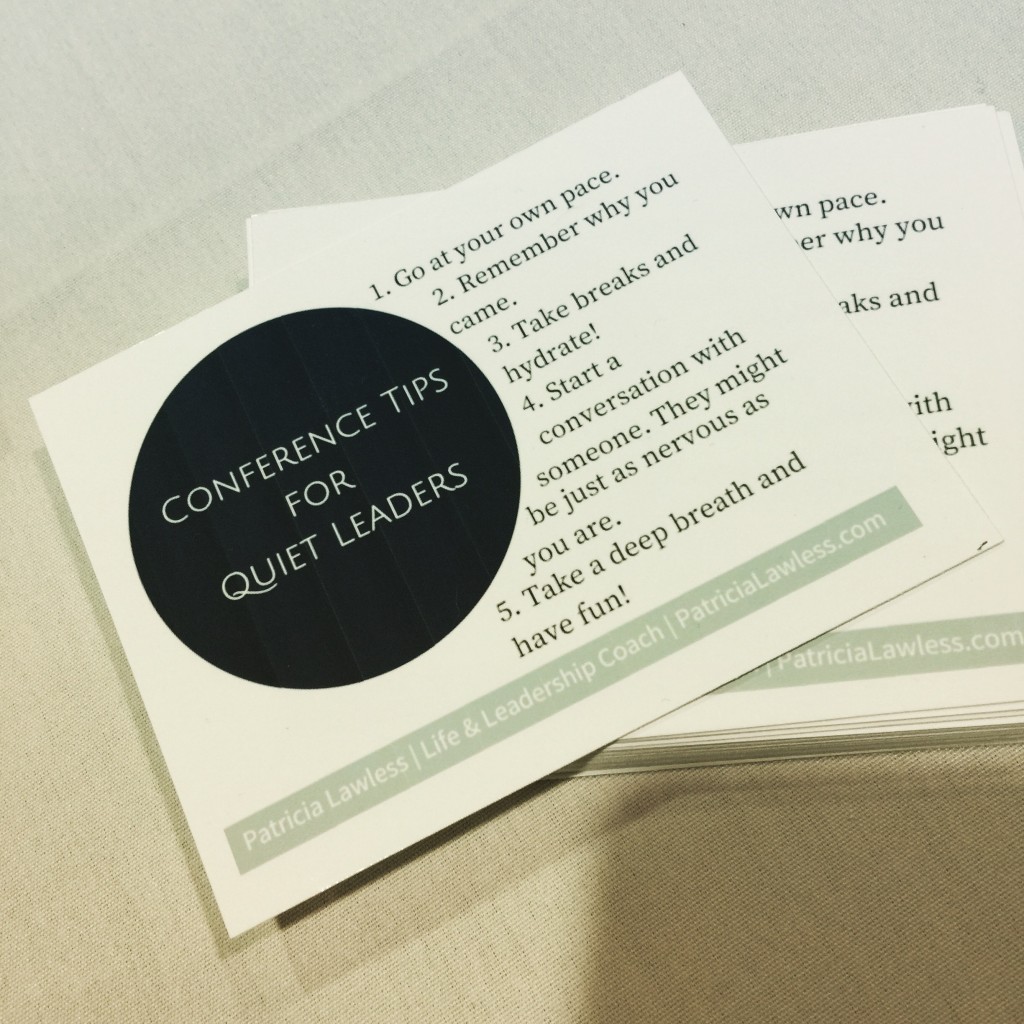 About 5 years ago, I took the first class of what would begin my journey to becoming a certified life coach.
About 5 years ago, I took the first class of what would begin my journey to becoming a certified life coach.
At one point, I said something to one of the instructors, and while I cannot for the life of me remember what I said, I remember her response as if she were in the room with me right now: “Well, you might just have to fake it till you make it, you know?”
She meant well.
But what she probably didn’t realize is that she just said something to me that (regardless of her intention) can be one of the biggest sources of confidence erosion out there.
Can you imagine a better way to undermine someone’s confidence than to tell them that they need to fake being something else because being themselves isn’t going to cut it if they want to “make it”.
Isn’t that what this advice is saying?
The real problem is that this advice is a judgment.
You could argue that I’m nitpicking the words, that the people who give this advice are just trying to be helpful and don’t mean anything bad by it, that I’m making a big deal out of nothing. But words have power. We internalize words… they become part of our internal story.
Our internal story is the source or the end to our confidence. (Tweetable)
The things we hear over and over become part of the story we tell ourselves. So for the quieter folks out there (introverts, HSPs, and reserved extroverts) who are told repeatedly to speak up, be more confident, and fake it till you make it, the internal story can quickly become one of being flawed, not good enough, and lacking some fundamental pieces.
Introverts and HSPs are especially averse to fake. We really, really want deep, true, and meaningful. So to tell us that to fit in or “make it”, we need to be fake, is like saying you don’t belong in this world. Ouch.
This is probably the exact opposite impact that the advice-giver intended.
Quiet and Confidence are not mutually exclusive.(Tweetable)
For the record, being quiet, reserved, introverted, highly sensitive, or otherwise “not outgoing”, is NOT a flaw. It doesn’t prevent you from having confidence or being confident. And none of these things need to be a source of “I’m not good enough”.
What if instead of trying to fake it till you make it, you became more real… more you? Why not redefine what “making it” means? Who says you want to play by their rules anyway?
Being yourself is the source of real confidence. (Tweetable)
When you try to be someone else, you’re standing on shaky ground. Of course, you don’t feel confident. How are you going to feel confident when you’re not even sure who you are?
But when you come home to yourself, let your roots run deep, and grow in You-ness, you become strong and confident like the mighty oak tree that, after a century of storms, is still standing tall.
Instead of faking it, stretch.
Next time someone tells you to fake it till you make it, translate it for yourself into “stretch a little.” Because what they probably really mean in their well-intentioned advice is that you’re playing smaller than your potential.
But the way to play bigger isn’t by faking it, it’s by stretching yourself into a bigger (more real) version of you. (This, by the way, is not the same as being louder, more outgoing, or “always on”.)
Stretch from your core, from inside of you, for your own reason. And watch your confidence grow.
If you like what you’re reading and want to go deeper, sign up for The Inside Story, my weekly-ish e-letter for quiet leaders like you.











